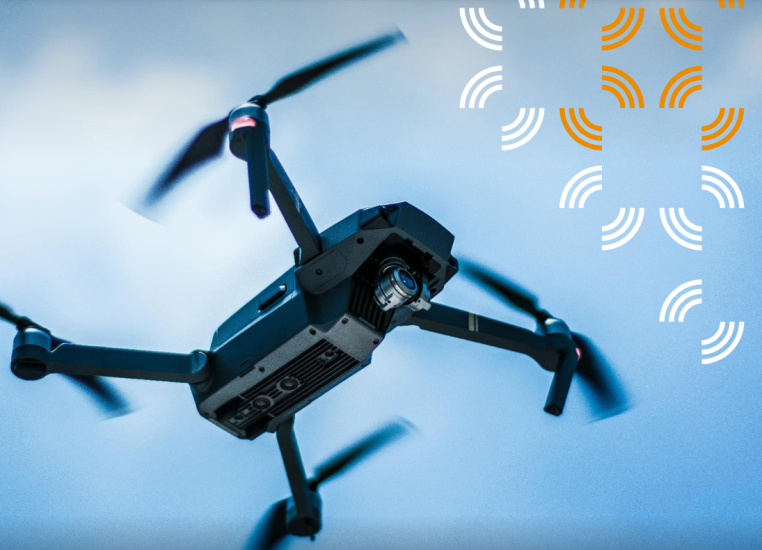Accounting and professional services firm PricewaterhouseCoopers (PwC) has released an Uncrewed Traffic Management (UTM) report. It highlights the challenges and opportunities within the industry, and offers insights into how public authorities, service providers, and other industry stakeholders can collaborate to shape a future where drones contribute significantly to a variety of industries, enhance service delivery, and open new avenues for innovation and growth. Ultimately, UTM systems must be economically viable as well as technologically advanced.
PwC says the global UTM market is expected to double in size by 2029, and is expected to propel the number of drone operations to an estimated 28 million, with drone delivery anticipated to be a principal driver.
The report calls for a collaborative effort from industry stakeholders including regulatory bodies, airspace managers, and technology and service providers to ensure safety of the airspace for both crewed and uncrewed aircraft. “The UTM systems of the future will need to be flexible, scalable, and adaptable, capable of managing a complex and diverse range of aerial activities while maintaining the highest standards of safety and efficiency,” PwC states.
The report says that a critical aspect of UTM ecosystem development is the balance between public and private financing, with public subsidies seen as indispensable in the nascent stages of UTM development. “The UTM systems represent fundamentally new infrastructure within the aviation sector. Traditionally, the creation and management of infrastructure fall within the jurisdiction of the state. It highlights the critical role of the government in fostering the development of such systems. Relying solely on ANSPs, which cannot fully fund UTM from navigation charges, to finance the foundations of these services could lead to creation of another monopoly and decelerating progress. To avoid such outcomes, strategic government investment is essential to lay the groundwork for a vibrant, competitive ecosystem.”
PwC adds that one potential strategy to optimise initial investments is the phased development of UTM systems. This approach entails allocating a limited portion of investment at the outset to develop and implement basic services, followed by a long-term strategy for subsequent developments and integrations. Of course, the financial model in one country may differ vastly from another, based on regulatory environments, market maturity, and stakeholder dynamics.
The report also notes that the UTM market presents significant business opportunities for companies previously unassociated with the aviation or unmanned sector. “Telecom infrastructure operators and service providers, for instance, are primed to play a pivotal role by leveraging their expertise in connectivity, IT solutions, data processing, and computing power,” the document states. “Their capabilities in handling vast amounts of data transfer and their robust infrastructure can be harnessed to bolster the backbone of the UTM’s communication network, providing the high-speed, reliable low-latency connections that are essential for real-time UTM operations.”
However, PwC cautions that the integration of telecommunications in the drone sector, particularly in UTM, faces several challenges that demand robust and efficient solutions. “Telecoms will need to extend infrastructure to provide connectivity to remote or rural areas for comprehensive drone and UTM capabilities. Additionally, as drone operations become denser and diverse devices come into play, network interference becomes a critical concern, requiring infrastructure upgrades to ensure reliable, interference-free communications.”
Public acceptance is a pivotal factor in the development of the drone industry, PwC says, and building awareness and trust is therefore essential. The report says that while it is important for the general public to recognise the personal benefits such as drone deliveries and enhanced mobility, it is equally important to acknowledge the challenges, such as operational risks, noise pollution or potential privacy concerns. “The public should be reassured that these challenges are being addressed by responsible entities, with a focus on minimising risks to the lowest possible levels. UTM systems will play a critical role in this regard, offering robust solutions for safe and efficient airspace management.”
For more information




